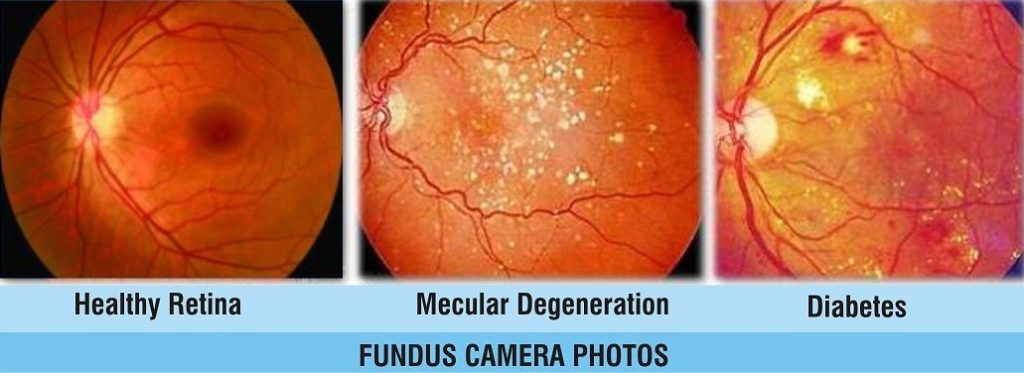This highly specialized 35mm or digital camera has special, high-powered lenses designed to focus on the structures of the back of the eye. It is basically an eye “microscope” with a camera mounted on it. Canon fundus cameraFundus photography is used to document and sometimes diagnose certain eye conditions. The word “fundus” describes the inside or back of the eyeball. A typical fundus photo would contain an image of the center of the very back inner wall of the eye – the retina. The optic nerve, macula and main retinal blood vessels are common structures seen in a typical fundus photo. Fundus photography is very useful to document the natural state of the back of the eye in order to give the retinal specialist a future reference to compare with during follow-up visits.



